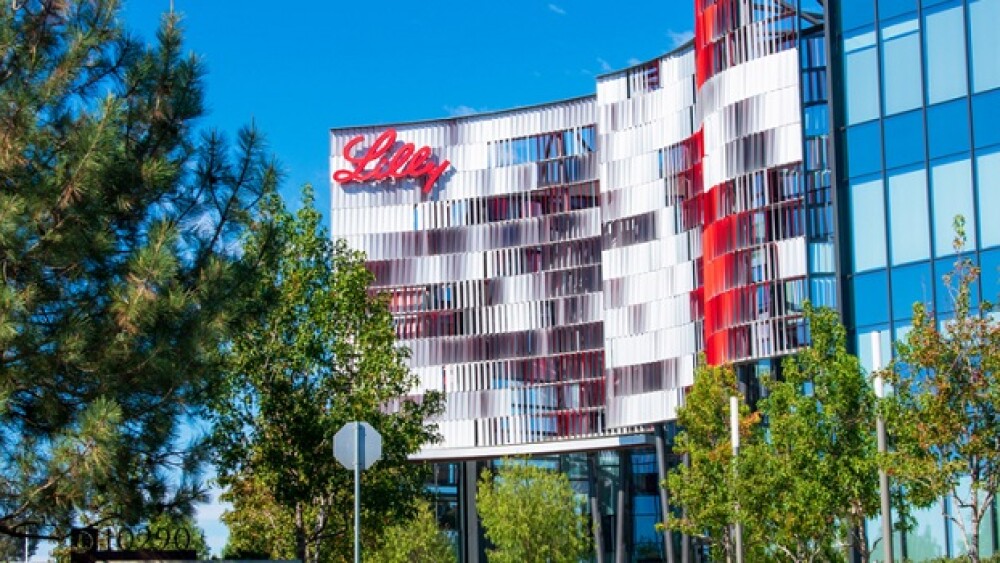The biopharma company reported sales of $2.24 billion in the second quarter for the cystic fibrosis treatment, beating analysts’ estimate, after it won FDA approval in children ages two to five in April.
Pictured: a young boy with an oxygen mask/iStock, Anastasia Dobrusina
Vertex Pharmaceuticals has raised its full-year forecast for cystic fibrosis sales after rising demand for Trikafta drove product revenues up 14% in the second quarter.
Trikafta, a triple-combination treatment for cystic fibrosis (CF), first won approval in the U.S. in 2019 but the original label limited use to people aged 12 years and up. The FDA lowered the minimum age to six years in 2021 and reduced it again, this time to two years, in April 2023.
The latest label expansion provided a boost to the business, as Stuart Arbuckle, Vertex’s chief operating officer, said on a Tuesday call with analysts. Trikafta brought in sales of $2.24 billion in the second quarter, beating analysts’ estimate of $2.16 billion.
“Following U.S. Trikafta approval in children ages two to five in late April, we’ve seen strong interest from the CF community, with the first prescription written just hours after the approval and uptake across all eligible patients,” Arbuckle said. “Overall, we see continued growth for our portfolio of CFTR modulators, driven by approvals, reimbursement and uptake of our medicines in younger patients.”
Vertex cited strong demand for Trikafta in younger children as a driver of the decision to raise its full-year outlook for cystic fibrosis product revenues. The biotech now expects full-year sales of $9.55 billion to $9.7 billion, an increase of $150 million to the bottom end and $100 million at the top end of the range.
Management has identified several drug candidates that could drive further growth by maintaining Vertex’s dominance in cystic fibrosis and expanding its portfolio into new therapeutic areas.
In cystic fibrosis, the biotech is running pivotal trials to compare a new triple combination to Trikafta. Results are due early next year. The new combination has “a substantially lower royalty burden” than Trikafta, Vertex CEO Reshma Kewalramani told investors on the quarterly results call.
Outside cystic fibrosis, Vertex is gearing up for the commercial launch of exagamglogene autotemcel (exa-cel), a non-viral ex vivo CRISPR gene-editing therapy that could win approval in sickle cell disease and transfusion-dependent beta thalassemia in the next eight months. Vertex is working with payers to secure reimbursement for soon after it wins approval but cautioned that it will take time to grow sales.
“We do expect the uptake with exa-cel to be slower, obviously, than we see with our CF medicines where the launches are almost vertical. That’s largely because this is a multi-month process that a patient has to go through to get treated with exa-cel,” Arbuckle said. “We continue to believe there’s a lot of interest. We see exa-cel as a multibillion-dollar opportunity in the future.”
Other areas of focus include Type 1 diabetes cell therapies. Having shared Phase 1/2 data on its first candidate, Vertex has now dosed the first subject with a second prospect that could eliminate the need for patients to receive immunosuppressants.
Nick Paul Taylor is a freelance pharmaceutical and biotech writer based in London. He can be reached on LinkedIn.






